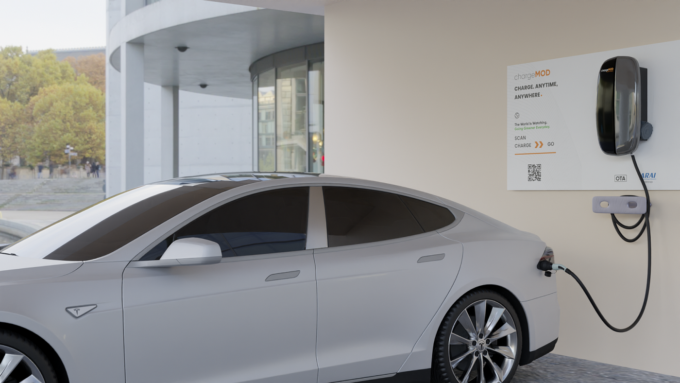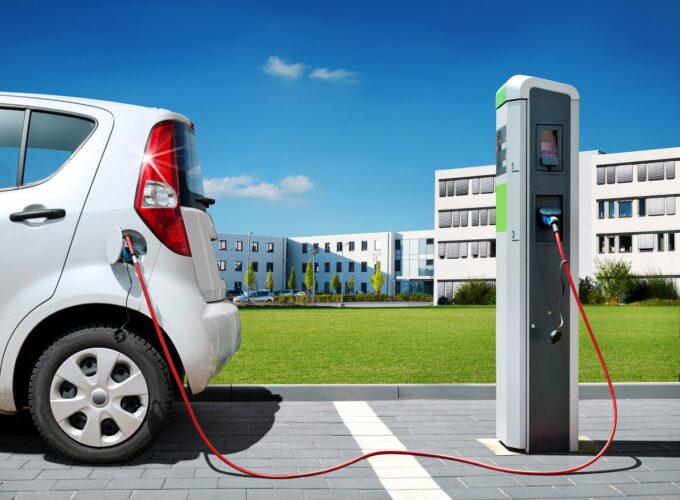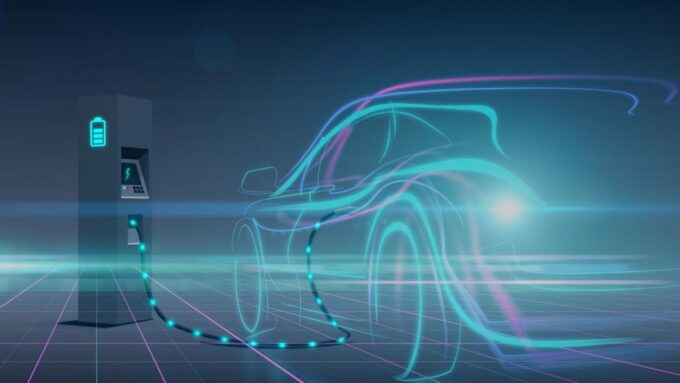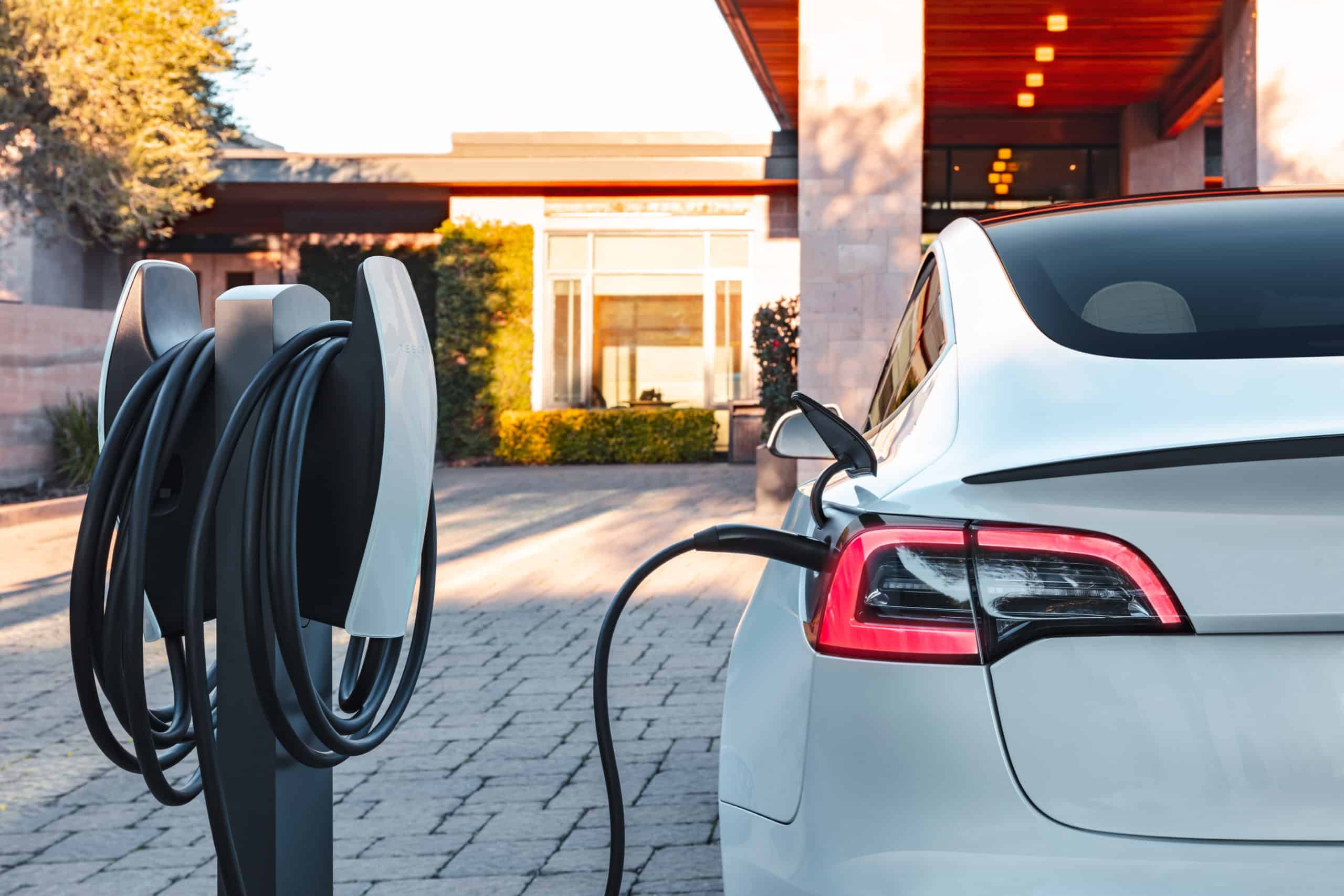The emergence of electric vehicles (EVs) is revolutionizing the automotive industry, creating new challenges and opportunities for property managers. This shift necessitates a comprehensive understanding of EV charging infrastructure, a key factor in enhancing property value and meeting the needs of modern tenants. Our exploration begins with the basics of EV charging and extends to the intricacies of installation, maintenance, and user experience, providing property managers with the necessary knowledge to make informed decisions.
In this rapidly evolving landscape, the role of property managers is pivotal. They must not only understand the technical aspects of EV charging but also the broader implications on property management, including tenant satisfaction, compliance with regulations, and financial considerations. This guide offers a holistic view, ensuring property managers are well-equipped to embrace this shift confidently and effectively.
The Fundamentals of EV Charging

Understanding the basics of EV charging is crucial. This involves more than installing charging points; it requires knowledge of different charging levels, connector types, and charging speeds. For property managers, this understanding is fundamental in choosing the right charging infrastructure, considering the unique needs of their properties, be it residential complexes, commercial buildings, or mixed-use developments.
Moreover, the technological landscape of EV charging is continuously evolving. Keeping abreast of the latest developments and innovations in charging technologies is essential for property managers. This not only ensures the installation of efficient and up-to-date systems but also prepares them for future advancements and trends in the EV market.
Assessing Tenant Demand for EV Charging

The first step for property managers is assessing current and future EV charging demands among tenants. Surveys and tenant engagements provide insights into their needs and anticipated trends in EV adoption. Understanding these demands enables property managers to plan an EV charging strategy that is scalable and economically viable.
Anticipating future needs is just as crucial. As EV adoption grows, property managers must think long-term. This foresight involves planning for additional charging stations and considering the impact of EVs on electricity demand and infrastructure. Being proactive in these assessments ensures properties remain competitive and attractive to current and prospective tenants.
Strategic Location Planning for Charging Stations
The strategic placement of EV charging stations is critical. Factors such as accessibility, visibility, and proximity to electrical infrastructure must be considered to ensure convenience for users and cost-effectiveness in installation. This careful planning is crucial for maximizing utilization and complying with local regulations.
Additionally, considering user experience is vital. Charging stations should be located in areas that are safe and easy to access, enhancing the overall appeal of the property. Thoughtful placement not only benefits current tenants but also attracts prospective ones, adding value to the property.
Navigating Legal and Compliance Issues

Compliance with regulations is a significant aspect of installing EV charging stations. Property managers must understand and adhere to local and national regulations, including zoning laws, building codes, and ADA compliance. This legal understanding prevents potential fines and delays and ensures a smooth installation process.
Staying informed about changing regulations is equally important. As the EV market grows, so do the legal frameworks surrounding it. Keeping up-to-date with these changes helps property managers maintain compliance and avoid legal pitfalls.
Financial Aspects: Understanding Costs and Incentives
The financial implications of installing EV charging stations are a key consideration. This includes understanding the initial costs, potential revenue streams, and the overall return on investment. Property managers must also be aware of the various incentives and rebates available, which can significantly reduce the financial burden.
Moreover, financial planning should consider long-term operational costs and maintenance. Budgeting for these ongoing expenses ensures the sustainability and profitability of the EV charging infrastructure.
Partnering with Expert Service Providers
Selecting the right service provider is critical. As an example, Zero Impact Solutions (ZIS), a turnkey solution provider under the Zero Impact Energy Group (ZIEG) umbrella, is a leading force in the clean energy sector. ZIEG offers a comprehensive suite of solutions, including financing, education, and the construction of EVSE sites.
ZIEG’s expertise in leveraging rebates and financial tools, coupled with their proprietary EV charging software system, Evolv, makes them an ideal partner for property managers. Their commitment to maintaining sites for a full five-year term exemplifies their dedication to long-term success.
Collaborating with ZIEG or similar providers ensures access to expert knowledge and support in the EV charging installation process. This partnership can simplify the complexities involved, from planning and installation to maintenance and upgrades.
Integrating EV Charging into Energy Management

Incorporating EV charging stations into a property’s energy management system is crucial for sustainability. Efficient energy consumption management ensures that the addition of EV charging stations aligns with the property’s overall energy goals. This integration is vital for reducing environmental impact and enhancing the property’s sustainability profile.
Moreover, exploring renewable energy sources to power EV charging stations can further enhance sustainability. Options like solar panels not only reduce the carbon footprint but also offer potential cost savings in the long run, making the property more attractive to environmentally conscious tenants.
Enhancing User Experience with Accessible Technology
Ensuring a positive user experience is essential for the success of EV charging stations. This involves implementing user-friendly interfaces, ensuring accessibility, and using technology to enhance the charging experience. Attention to these details increases tenant satisfaction and promotes the use of the charging facilities.
Accessibility is a key aspect of user experience. Charging stations should be easy to locate and use for all tenants, including those with disabilities. This consideration not only complies with ADA standards but also demonstrates a commitment to inclusivity and tenant welfare.
Maintenance and Upkeep: Key to Long-Term Success

Regular maintenance and upkeep are essential for the longevity and success of EV charging stations. Best practices in maintenance include routine inspections, troubleshooting, and staying updated with the latest software and hardware. A well-maintained charging infrastructure ensures reliability and user satisfaction.
Furthermore, establishing a clear maintenance plan with service providers ensures that any issues are promptly addressed. This proactive approach minimizes downtime and maintains the high standards expected by tenants.
Marketing EV Charging as a Property Amenity
EV charging stations are not just a utility; they are a valuable amenity that can enhance a property’s marketability. Property managers can use EV charging as a selling point, highlighting it in marketing materials and property tours. This strategy attracts environmentally conscious tenants and adds a modern edge to the property’s appeal.
Incorporating EV charging into the property’s branding and marketing efforts can significantly increase its visibility. By showcasing a commitment to sustainability and modern amenities, property managers can differentiate their properties in a competitive market.
Educating Tenants About EV Charging Benefits
Educating tenants about the benefits and use of EV charging stations is crucial for encouraging adoption. Property managers can organize workshops, distribute informational materials, and offer incentives to use the charging facilities. This educational approach increases awareness and fosters a community of environmentally conscious tenants.
Additionally, providing clear and concise information about how to use the charging stations, including any associated costs and guidelines, ensures tenants are well-informed. This transparency builds trust and encourages the use of the EV charging amenities.
Monitoring and Reporting for Efficient Management

Implementing robust monitoring and reporting systems is essential for the efficient management of EV charging stations. Tracking usage, energy consumption, and financial metrics helps evaluate the performance and impact of the charging infrastructure. This data-driven approach enables property managers to make informed decisions and optimize the use of resources.
Moreover, regular reporting to tenants about the usage and benefits of the EV charging stations can foster a sense of community involvement and accountability. This transparency enhances tenant engagement and satisfaction.
Adapting to Technological Advancements in EV Charging
The EV charging industry is characterized by rapid technological advancements. Property managers must stay informed about these developments to ensure their infrastructure remains competitive and efficient. This involves being open to upgrading or adapting their systems in response to new technologies and market trends.
Embracing innovation not only enhances the functionality and appeal of the charging stations but also positions the property as a forward-thinking and adaptive entity in the real estate market.
Leading the Charge in EV Infrastructure
As the transition to electric vehicles accelerates, property managers play a critical role in facilitating this shift. By understanding the nuances of EV charging infrastructure and adopting a proactive approach, they can meet the demands of their tenants and contribute to a more sustainable future. This comprehensive guide equips property managers with the knowledge and insights needed to navigate the complexities of integrating EV charging stations, ensuring they are well-prepared to meet the challenges and seize the opportunities presented by the evolving EV landscape.









